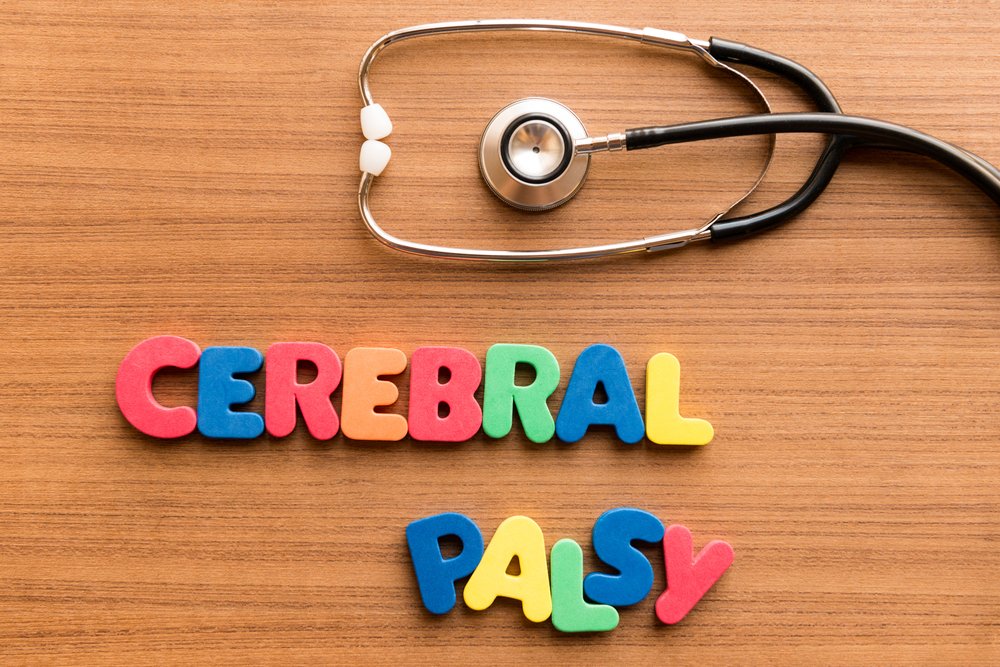Largest Study to Date Will Determine Link between Specific Congenital Anomalies and Cerebral Palsy

The largest worldwide population-based study — including all European and Australian regions — hopes to determine the frequency of specific congenital anomalies in cerebral palsy patients, as well as cerebral palsy risk for each anomaly. This may help in earlier detection and increased disease awareness, researchers say.
The study, “Comprehensive investigation of congenital anomalies in cerebral palsy: protocol for a European-Australian population-based data linkage study (The Comprehensive CA-CP Study),” was published in BMJ Open.
Cerebral and/or non-cerebral congenital anomalies are present in 15%-40% of children with cerebral palsy. Although various causes are known, ranging from genetic abnormalities to infectious diseases or nutrient deficiencies, a large proportion of all cerebral palsy cases have no recognized cause, which complicates epidemiological studies.
Evidence shows that both cerebral and non-cerebral congenital anomalies occur more commonly in children with cerebral palsy than in the general population, and are often linked with more severe long-term outcomes.
Despite these data, no study has been able to determine the risk of cerebral palsy in children with specific congenital anomalies. Such information can only be obtained through international collaboration with much larger study samples than the ones used to date, the authors noted.
They believe that a better understanding of this risk would help define effective prevention strategies, determine prognosis and raise awareness.
To address this gap, an international team of researchers distributed a survey to all known cerebral palsy and congenital anomaly registers in Europe and Australia. It assessed inclusion and exclusion criteria, methods of data collection, data available, and the registers’ interest in participating in this collaborative work.
A total of 26 European and 11 Australian registers responded to the survey, revealing differential inclusion/exclusion criteria for congenital anomalies.
This approach identified populations from seven European and three Australian regions who were served by both a cerebral palsy and a congenital anomaly register and were able to collaborate. However, one European cerebral palsy register has since closed.
More than 270,000 live births occur annually within these nine regions. This new study, called the Comprehensive CA-CP Study, will have nearly seven times the sample size of the largest prior equivalent study.
It will link data from registers in the Surveillance of Cerebral Palsy in Europe (SCPE) and the European Surveillance of Congenital Anomalies (EUROCAT) with that of the Australian Cerebral Palsy Register (ACPR) and the Australian congenital anomaly registers.
Data on children with cerebral palsy, with or without congenital anomalies, and children with specific congenital anomalies but without cerebral palsy (born between 1991 and 2009) will then be pooled into one data set.
The database will be analyzed for frequencies of strictly defined congenital anomalies and outcomes — type of cerebral palsy, motor severity, epilepsy as well as vision, hearing, speech or cognitive impairments; timing of congenital anomaly development and brain injury or anomaly underlying cerebral palsy; risk of cerebral palsy following a specific congenital anomaly; and identification of anomalies causing cerebral palsy.
Examples of congenital anomalies to be studied include lissencephaly, characterized by absence of normal folds in the cerebral cortex and a small head (microcephaly); gastroschisis, characterized by the extensions of the intestines outside the body; and cleft palate, openings in the baby’s lip and/or roof of the mouth.
Both individuals with cerebral palsy and their families contributed to the development of this protocol.
The researchers anticipate the study results will help make recommendations regarding the collection and classification of congenital anomaly information by cerebral palsy registers.
“With this large, collaborative study, we hope to gain a comprehensive understanding about the group of children with both CP and major congenital anomalies,” they wrote. This would be “an important step toward identifying new primary prevention strategies specifically for this group.”


